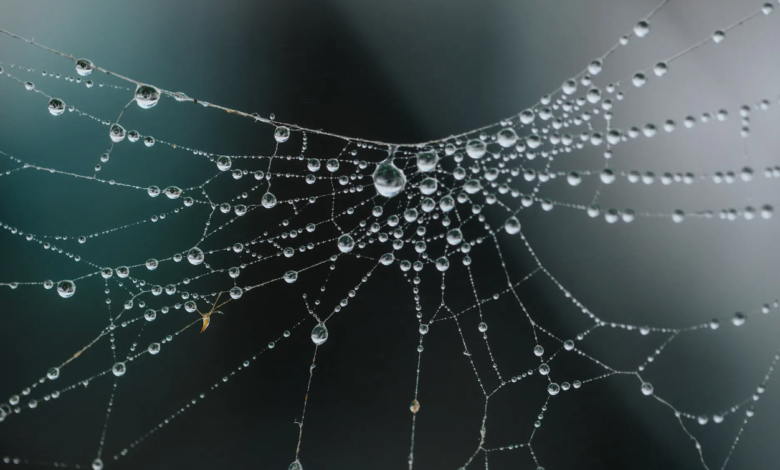Extracting water from the air, cobwebs and beetles improves the collection

Bioinspired sponges for sustainable water collection systems
Extracting water from the air is no longer a novelty, technologically speaking. In recent years, there has been an exponential proliferation of projects and studies dedicated to collecting fog, dew and humidity for water supply. To further improve the different production systems, a group of engineers from the University of Waterloo, in Canada, has closely studied surface design and handling of active components to optimize the behavior of water drops in such systems. And, letting herself be helped by Mother Nature, she designed sponges and materials capable of continuously capturing water from the surrounding air. The natural references from which the team was inspired are the spider webs and the behavior of desert beetles.
“A spider’s web is an engineering marvel,” explained Professor Michael Tam, co-author of the research. “Water is captured efficiently by the net. The spider does not need to go to the river to drink, since it traps the humidity of the air“. In the same way, the Namib collectors also have personalized access to water, albeit in a completely different way. To these insects, it is enough to lean out in the wind to catch water droplets from the fog through particular hydrophobic/hydrophilic structures on the wings.
Extracting water from the air like a beetle
To mimic the unique mechanism by which the cockroach manages to extracting water from the air, the research team designed a similar surface structure using a cellulose-stabilized wax emulsion. The unit attracts tiny drops of water quickly releasing larger ones and using only natural materials and plant origin and the power of interfacial science combined with that of nanotechnology. The next step is to develop a scalable process to design such surfaces.
The results of the research were published in Nature Water.





